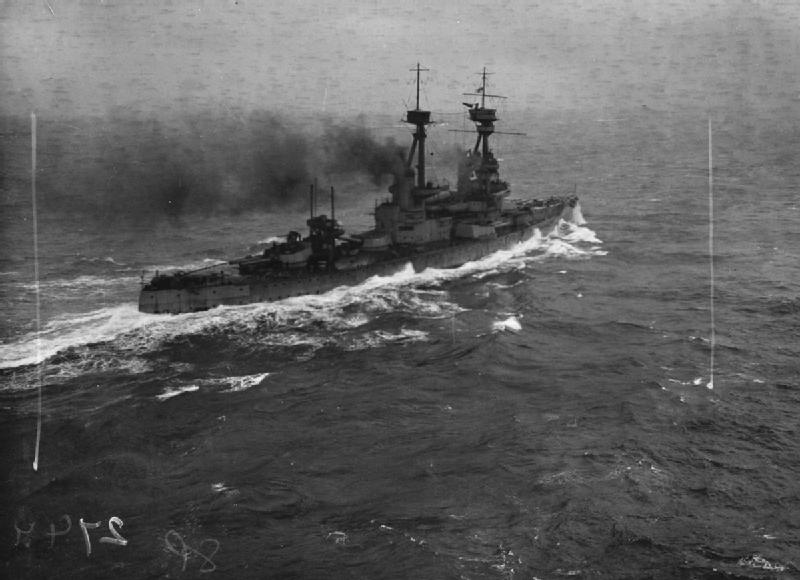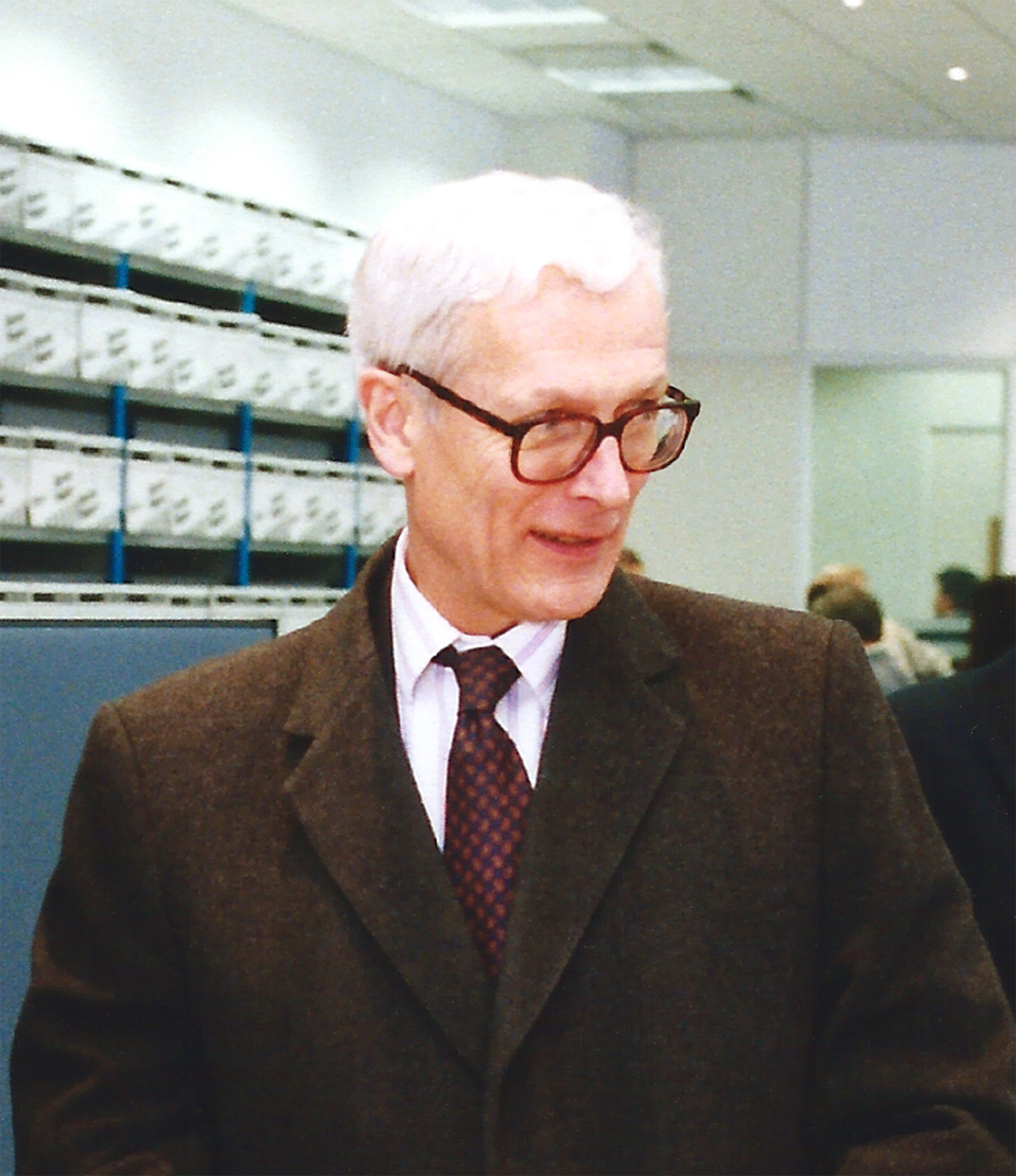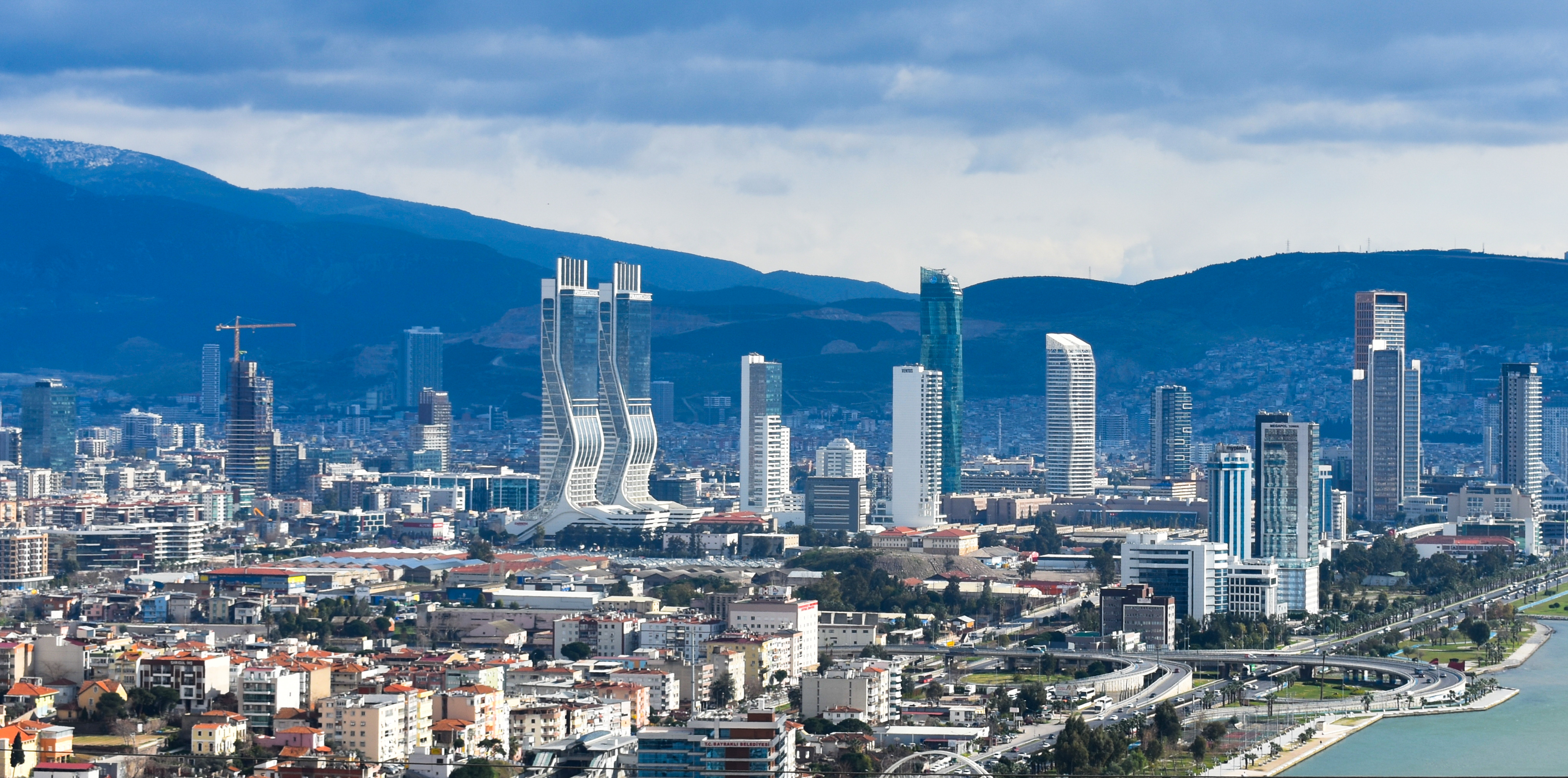|
Congress Of Erzurum
Erzurum Congress ( tr, Erzurum Kongresi) was an assembly of Turkish Revolutionaries held from 23 July to 4 August 1919 in the city of Erzurum, in eastern Turkey, in accordance with the previously issued Amasya Circular. The congress united delegates from six eastern provinces (vilayets) of the Ottoman Empire, many parts of which were under Allied occupation at the time. The congress played a fundamental role in shaping the national identity of modern Turkey. Background Mudros Armistice In the months leading up to the end of World War I, the Ottoman regime had undergone major restructuring. The government ministers of the Committee of Union and Progress, which ran the Ottoman government between 1913 and 1918, had resigned from office and fled the country soon afterwards. Successful Allied offensives in Salonika posed a direct threat to the Ottoman capital of Constantinople. Mehmed VI appointed Ahmed Izzet Pasha to the position of Grand Vizier and tasked him with the assignment o ... [...More Info...] [...Related Items...] OR: [Wikipedia] [Google] [Baidu] |
Somerset Gough-Calthorpe
Admiral of the Fleet Sir Somerset Arthur Gough-Calthorpe (23 December 1865 – 27 July 1937), sometimes known as Sir Somerset Calthorpe, was a Royal Navy officer and a member of the Gough-Calthorpe family. After serving as a junior officer during the Fourth Anglo-Ashanti War, he became naval attaché observing the actions of the Imperial Russian Navy during the Russo-Japanese War and then went on to command an armoured cruiser and then a battleship during the early years of the 20th century. During the First World War Gough-Calthorpe initially served as commander of the 2nd Cruiser Squadron of the Grand Fleet, then became Second Sea Lord and after that became Admiral commanding the Coastguard and Reserves. In the closing years of the War he served as Commander-in-Chief of the Mediterranean Fleet, in which capacity he signed the Armistice of Mudros on behalf of all the Allies, by which the Ottoman Empire accepted defeat and ceased hostilities. The Occupation of Constantinople beg ... [...More Info...] [...Related Items...] OR: [Wikipedia] [Google] [Baidu] |
Richard Webb (Royal Navy Officer)
Admiral Sir Richard Webb (20 July 1870 – 20 January 1950) was a British Royal Navy officer. Early life and career Webb was born in Holt, Norfolk, England. He joined the Royal Navy as a Naval Cadet in July 1883. As a Midshipman, he served in the battleship HMS ''Alexandra'', alongside Midshipman David Beatty and several other future admirals, and then the corvette HMS ''Carysfort'', both in the Mediterranean. He was commissioned Sub-Lieutenant in December 1889 and promoted lieutenant in December 1891. In September 1893 he qualified as a gunnery officer and then served as a gunnery officer in the battleships HMS ''Magnificent'' with the Channel Fleet and HMS ''Ramillies'' in the Mediterranean. On 1 January 1902 he was promoted commander, and in June that year joined the cruiser HMS ''Ariadne'', flagship of the North America and West Indies Station. In July 1905 he transferred to her successor, HMS ''Royal Arthur'' and in May 1906 to her successor, HMS ''Euryalus''. ... [...More Info...] [...Related Items...] OR: [Wikipedia] [Google] [Baidu] |
Rear Admiral
Rear admiral is a senior naval flag officer rank, equivalent to a major general and air vice marshal and above that of a commodore and captain, but below that of a vice admiral. It is regarded as a two star "admiral" rank. It is often regarded as a two-star rank with a NATO code of OF-7. The term originated in the days of naval sailing squadrons and can trace its origins to the Royal Navy. Each naval squadron was assigned an admiral as its head, who commanded from the centre vessel and directed the squadron's activities. The admiral would in turn be assisted by a vice admiral, who commanded the lead ships that bore the brunt of a battle. In the rear of the squadron, a third admiral commanded the remaining ships and, as this section was considered to be in the least danger, the admiral in command of it was typically the most junior. This has continued into the modern age, with rear admiral the most junior admiralty of many navies. In most European navies, the equivalent rank i ... [...More Info...] [...Related Items...] OR: [Wikipedia] [Google] [Baidu] |
Anatolia
Anatolia, tr, Anadolu Yarımadası), and the Anatolian plateau, also known as Asia Minor, is a large peninsula in Western Asia and the westernmost protrusion of the Asian continent. It constitutes the major part of modern-day Turkey. The region is bounded by the Turkish Straits to the northwest, the Black Sea to the north, the Armenian Highlands to the east, the Mediterranean Sea to the south, and the Aegean Sea to the west. The Sea of Marmara forms a connection between the Black and Aegean seas through the Bosporus and Dardanelles straits and separates Anatolia from Thrace on the Balkan peninsula of Southeast Europe. The eastern border of Anatolia has been held to be a line between the Gulf of Alexandretta and the Black Sea, bounded by the Armenian Highlands to the east and Mesopotamia to the southeast. By this definition Anatolia comprises approximately the western two-thirds of the Asian part of Turkey. Today, Anatolia is sometimes considered to be synonymous with Asian ... [...More Info...] [...Related Items...] OR: [Wikipedia] [Google] [Baidu] |
Samsun
Samsun, historically known as Sampsounta ( gr, Σαμψούντα) and Amisos (Ancient Greek: Αμισός), is a List of largest cities and towns in Turkey, city on the north coast of Turkey and is a major Black Sea port. In 2021, Samsun recorded a population of 710,000 people. The city is the provincial capital of Samsun Province which has a population of 1,356,079. The city is home to Ondokuz Mayıs University, several hospitals, three large shopping malls, Samsunspor football club, an opera and a large and modern manufacturing district. A former Greeks, Greek settlement, the city is best known as the place where Mustafa Kemal Atatürk began the Turkish War of Independence in 1919. Name The present name of the city is believed to have come from its former Greek name of () by a Rebracketing#In Greek, reinterpretation of (meaning "to Amisós") and (Greek suffix for place names) to (: ) and then Samsun (). The early Greek historian Hecataeus of Miletus, Hecataeus wrote t ... [...More Info...] [...Related Items...] OR: [Wikipedia] [Google] [Baidu] |
Mustafa Kemal Atatürk
Mustafa Kemal Atatürk, or Mustafa Kemal Pasha until 1921, and Ghazi Mustafa Kemal from 1921 Surname Law (Turkey), until 1934 ( 1881 – 10 November 1938) was a Turkish Mareşal (Turkey), field marshal, Turkish National Movement, revolutionary statesman, author, and the founding father of the Republic of Turkey, serving as its first President of Turkey, president from 1923 until Death and state funeral of Mustafa Kemal Atatürk, his death in 1938. He undertook sweeping progressive Atatürk's reforms, reforms, which modernized Turkey into a secular, industrializing nation.Harold Courtenay Armstrong Gray Wolf, Mustafa Kemal: An Intimate Study of a Dictator. page 225 Ideologically a Secularism, secularist and Turkish nationalism, nationalist, Atatürk's Reforms, his policies and socio-political theories became known as Kemalism. Due to his military and political accomplishments, Atatürk is regarded as one of the most important political leaders of the 20th century. Ata ... [...More Info...] [...Related Items...] OR: [Wikipedia] [Google] [Baidu] |
Michael Llewellyn-Smith
Sir Michael John Llewellyn-Smith (born 25 April 1939) is a retired British diplomat and academic. He served as Ambassador to Poland from 1991 to 1996 and Ambassador to Greece from 1996 to 1999. He is visiting professor at the Centre for Hellenic Studies, King's College London. Early life Llewellyn-Smith was born in 1939. He was educated at Wellington College, a private school in Crowthorne, Berkshire. He attended New College, Oxford, where he studied classics, ancient history and philosophy. Diplomatic career Llewellyn-Smith joined Her Majesty's Diplomatic Service in 1970. On 29 March 1980, he was appointed Consul-General at Athens. Later life Following retirement, Llewellyn-Smith has spent his time writing and lecturing about Greek history and culture. He is visiting professor at the Centre for Hellenic Studies, King's College London. He is a regular speaker on Swan Hellenic cruises. Honours On 25 March 1996, Llewellyn-Smith was appointed Knight Commander of the Royal ... [...More Info...] [...Related Items...] OR: [Wikipedia] [Google] [Baidu] |
İzmir Province
İzmir Province ( tr, İzmir ili) is a province and metropolitan municipality of Turkey in western Anatolia, situated along the Aegean coast. Its capital is the city of İzmir, which is in itself composed of the province's central 11 districts out of 30 in total. To the west, it is surrounded by the Aegean Sea, and it encloses the Gulf of Izmir. Its area is , with a population of 4,279,677 in 2017. The population was 3,370,866 in 2000. Neighboring provinces are Balıkesir to the north, Manisa to the east, and Aydın to the south. The traffic code of the province is 35. Major rivers of the province include the Küçük Menderes river, Koca Çay (with Güzelhisar dam), and Bakırçay. An earthquake on 30 October 2020 killed 117 people in the area. Districts * Aliağa * Balçova * Bayındır * Bayraklı * Bergama * Beydağ * Bornova * Buca * Çeşme * Çiğli * Dikili * Foça * Gaziemir * Güzelbahçe * Karabağlar * Karaburun * Karşıyaka * Kemalpaşa * Kınık ... [...More Info...] [...Related Items...] OR: [Wikipedia] [Google] [Baidu] |
Smyrna
Smyrna ( ; grc, Σμύρνη, Smýrnē, or , ) was a Greek city located at a strategic point on the Aegean coast of Anatolia. Due to its advantageous port conditions, its ease of defence, and its good inland connections, Smyrna rose to prominence. The name of the city since about 1930 is İzmir. Two sites of the ancient city are today within Izmir's boundaries. The first site, probably founded by indigenous peoples, rose to prominence during the Archaic Period as one of the principal ancient Greek settlements in western Anatolia. The second, whose foundation is associated with Alexander the Great, reached metropolitan proportions during the period of the Roman Empire. Most of the present-day remains of the ancient city date from the Roman era, the majority from after a second-century AD earthquake. In practical terms, a distinction is often made between these. ''Old Smyrna'' was the initial settlement founded around the 11th century BC, first as an Aeolian settlement, and l ... [...More Info...] [...Related Items...] OR: [Wikipedia] [Google] [Baidu] |
Turkish National Movement
The Turkish National Movement ( tr, Türk Ulusal Hareketi) encompasses the political and military activities of the Turkish revolutionaries that resulted in the creation and shaping of the modern Republic of Turkey, as a consequence of the defeat of the Ottoman Empire in World War I and the subsequent occupation of Constantinople and partitioning of the Ottoman Empire by the Allies under the terms of the Armistice of Mudros. The Ottomans saw the movement as part of an international conspiracy against them. The Turkish revolutionaries rebelled against this partitioning and against the Treaty of Sèvres, signed in 1920 by the Ottoman government, which partitioned portions of Anatolia itself. This establishment of an alliance of Turkish revolutionaries during the partitioning resulted in the Turkish War of Independence, the abolition of the Ottoman sultanate on 1 November 1922 and the declaration of the Republic of Turkey on 29 October 1923. The movement declared that the only so ... [...More Info...] [...Related Items...] OR: [Wikipedia] [Google] [Baidu] |


.jpg)




.jpg)